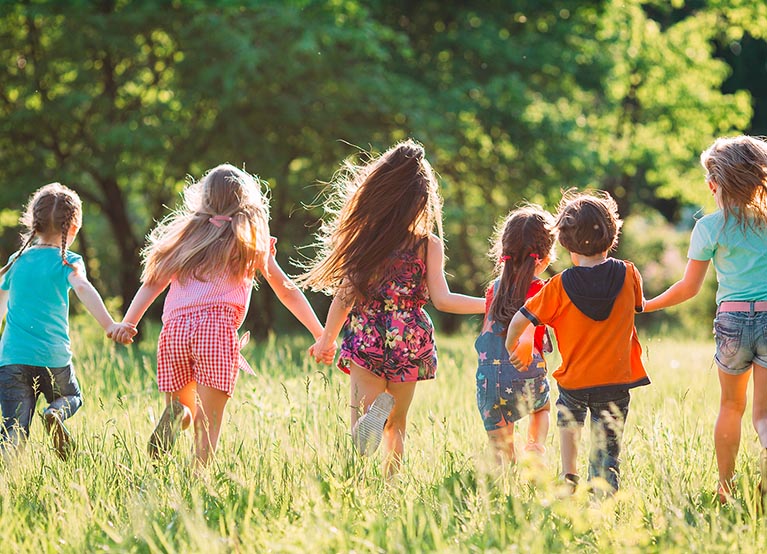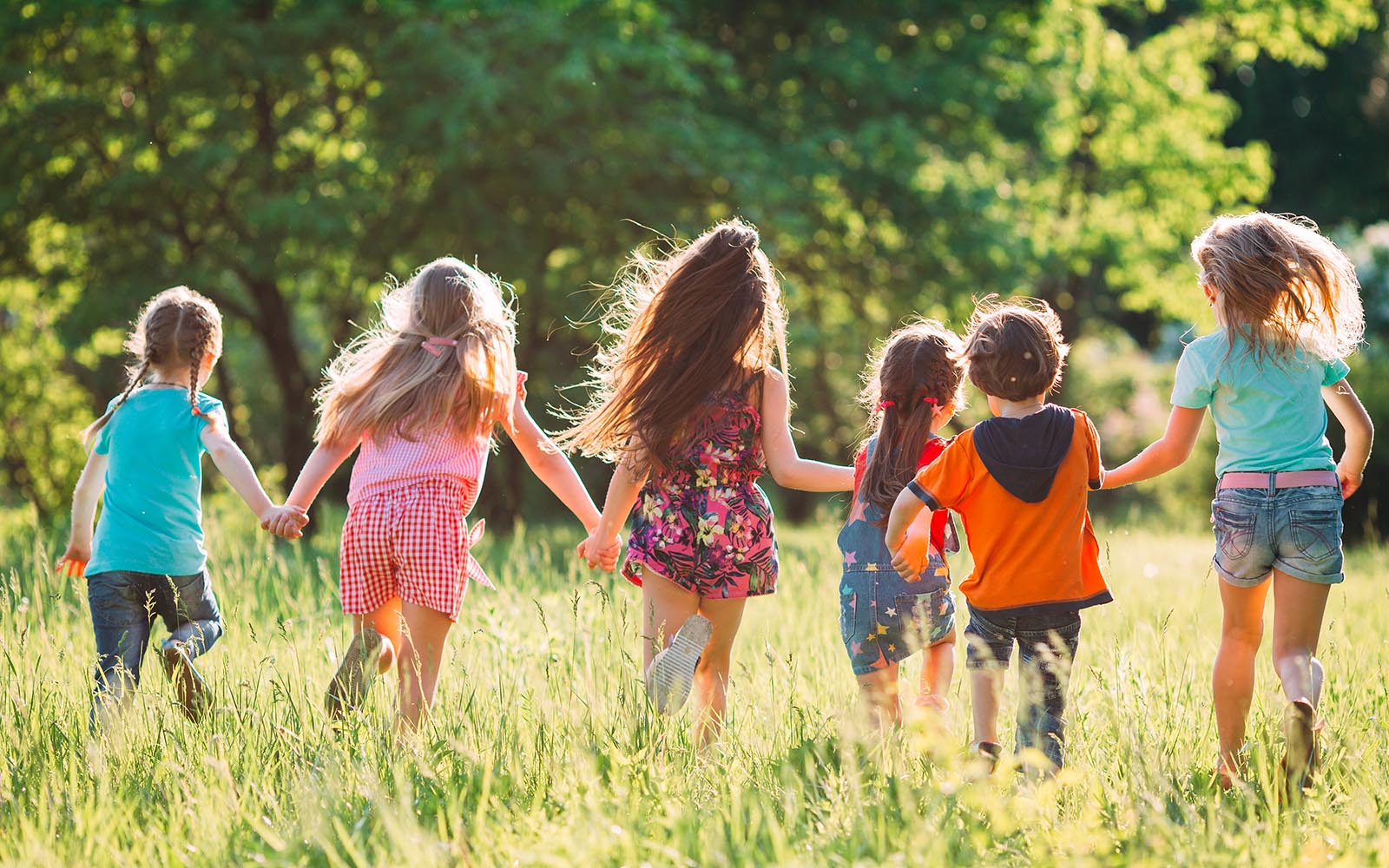Children and eye safety during solar eclipses: Educational strategies and supervision
Solar eclipses are awe-inspiring events that capture the imagination of people of all ages. However, for children, the excitement of witnessing this celestial phenomenon can sometimes overshadow the importance of eye safety. As parents, educators, and caregivers, it's crucial to educate children about the potential risks of viewing the eclipse without proper eye protection and to supervise them during this time to ensure their safety.
Educate children about eye safety
Before the eclipse, take the time to educate children about the dangers of looking directly at the sun without protection. Explain that the sun's intense rays can cause serious damage to their eyes and that they must use proper eye protection, such as eclipse glasses or solar viewers, to view the eclipse safely. Encourage children to follow safe viewing practices during the eclipse. Teach them to never look directly at the sun without proper eye protection, even during partial phases. Remind them to keep their eclipse glasses or solar viewers on until the sun is completely covered by the moon during totality. Engage kids with a cool total solar eclipse coloring sheet from NASA while discussing with them how they can safely view the solar eclipse.
Provide hands-on learning opportunities
Engage children in hands-on learning activities to help them understand why it's important to protect their eyes during a solar eclipse. You can use simple experiments to demonstrate how the sun's rays can harm their eyes and how eclipse glasses or solar viewers can protect them. For extra viewing protection, try this fun, hands-on activity where kids can construct (and decorate!) an extended coverage area that makes it harder to look outside the lenses of the eclipse glasses.
Monitor and supervise children during the eclipse
Supervision is key to ensuring children's safety during a solar eclipse. Make sure that an adult is present to supervise children at all times and to ensure that they are using their eye protection correctly. Be vigilant in enforcing safety rules and guidelines. Keep an eye on children's behavior during the eclipse to ensure that they are following safety guidelines. If you notice any child attempting to view the eclipse without proper eye protection, intervene immediately and provide them with the necessary protection.
Follow up with post-eclipse discussions
After the eclipse, engage children in discussions about their experience and what they learned about eye safety. Use this opportunity to reinforce the importance of protecting their eyes during future eclipses and other solar events. Keep them interested in learning about astronomy by checking out NASA's library of interactive educational games and content.
Final Thoughts: Children and eye safety during solar eclipses
Educating children about eye safety and supervising them during a solar eclipse are essential steps to ensure their well-being. By following these educational strategies and supervision tips, we can help children safely enjoy the wonder of a solar eclipse while protecting their vision for years to come.
Are you ready to safely observe the eclipse? Take the quiz to find out!



